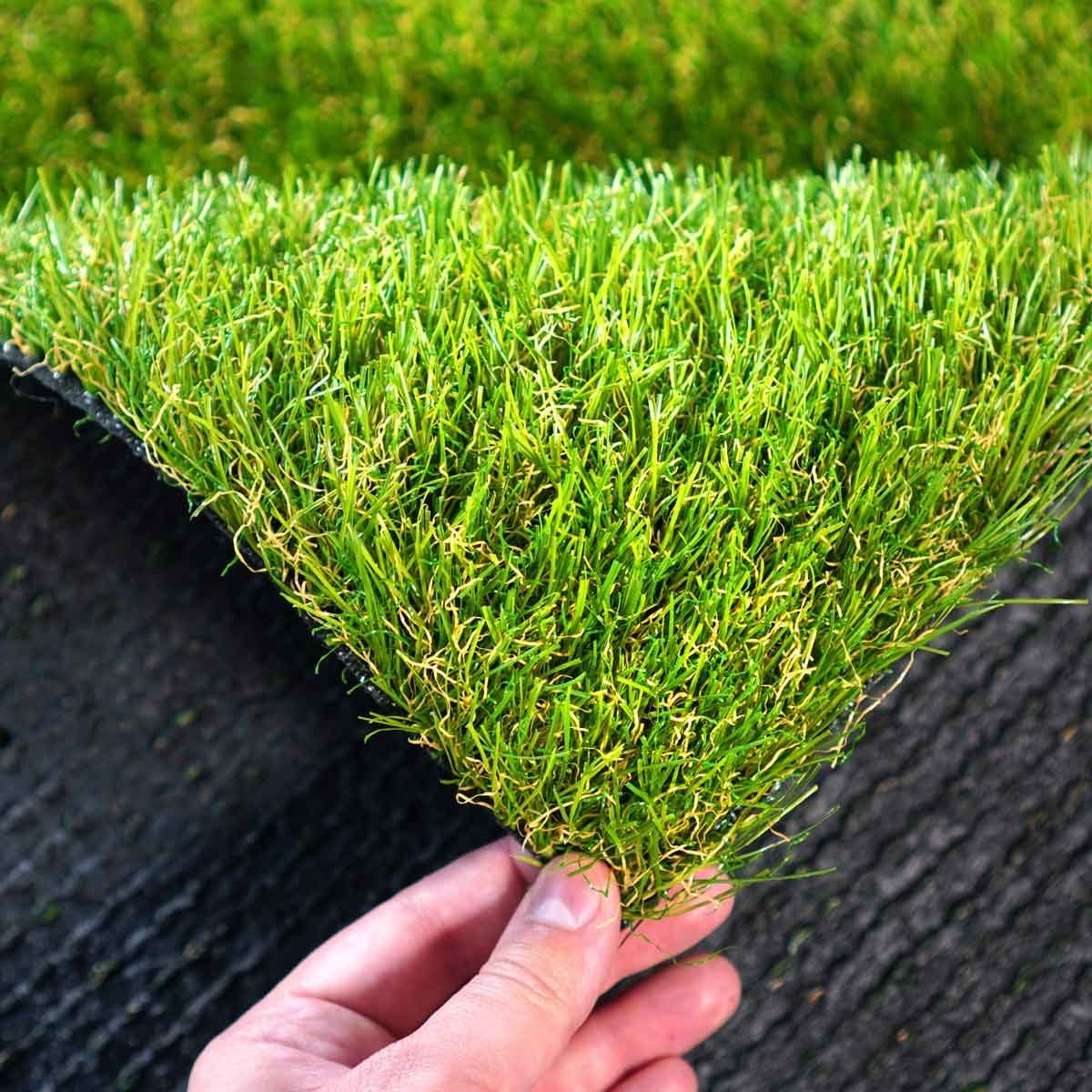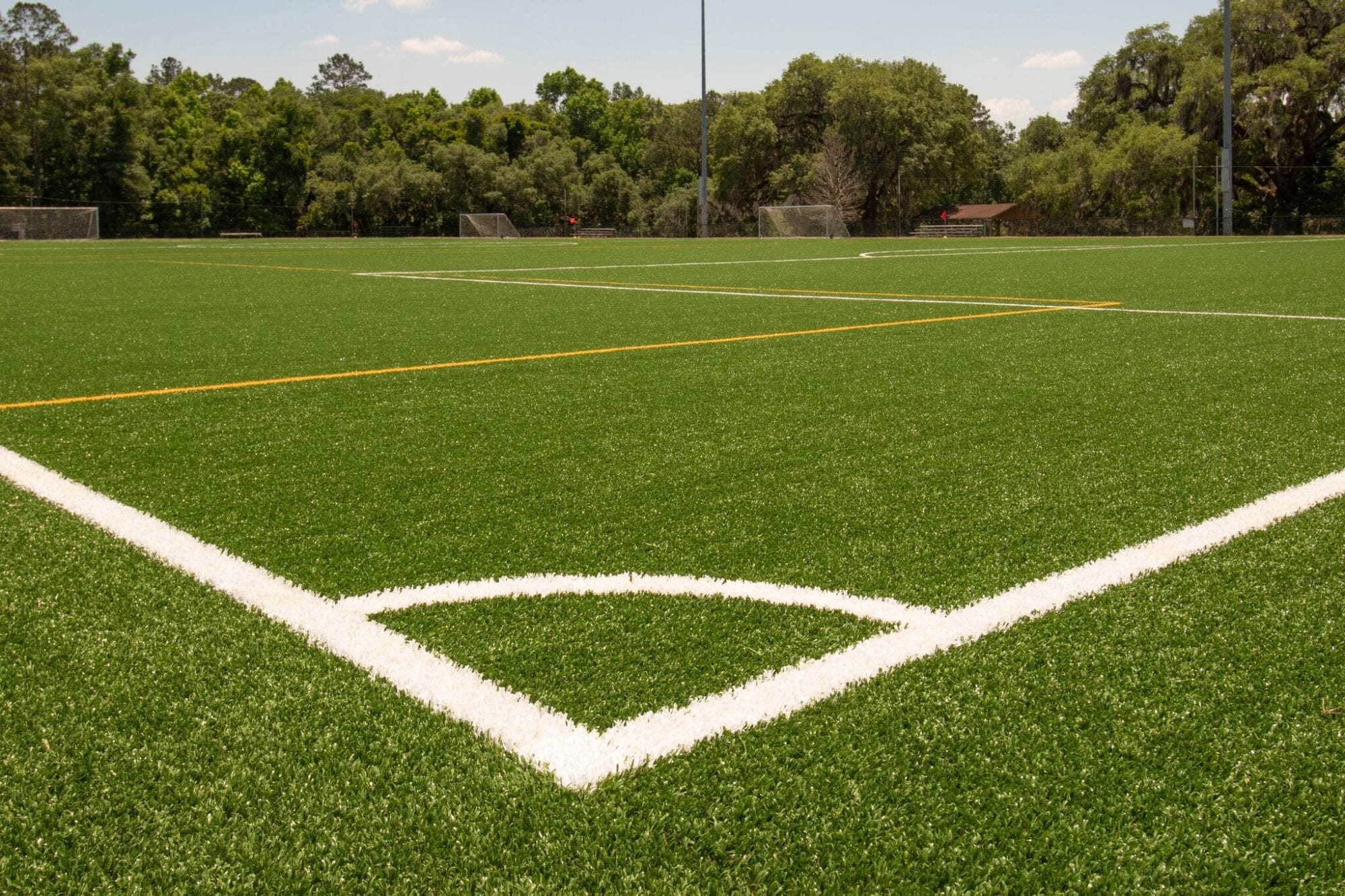Top Arizona Turf Suppliers Offering a Lifelike Lawn Option
Top Arizona Turf Suppliers Offering a Lifelike Lawn Option
Blog Article
See Why Homeowners Prefer Artificial Lawn for Lasting Landscaping Practices
As home owners progressively focus on sustainability in landscape design, synthetic grass has become a compelling choice to conventional grass. Its capability to preserve water, minimize maintenance efforts, and reduce environmental effect positions it as a practical option for those looking for eco-friendly remedies. Moreover, the aesthetic appeal and versatility of artificial grass deal with diverse layout preferences. Nonetheless, the effects of this change expand past plain ease and visual appeals, triggering a better exam of how these choices influence wider ecological outcomes. What remains to be explored is the complete extent of benefits that synthetic grass can use to home owners and the environment alike.
Water Conservation Perks
One of the most considerable benefits of artificial grass is its duty in water conservation. In contrast, synthetic lawn eliminates this need entirely, as it does not need watering.
In addition, the installation of synthetic grass can add to an extra lasting landscape. House owners can dramatically lower their water bills, enabling reallocation of resources to various other ecological efforts or home uses. Additionally, artificial turf is made to hold up against different weather problems without the demand for extra watering, making it an ideal selection for areas facing water deficiency.
The environmental advantages extend past immediate water savings. By decreasing water consumption, artificial lawn helps to reduce the impacts of climate modification, protecting essential ecosystems that are threatened by excessive water extraction. As lasting landscape design techniques obtain grip, synthetic grass arises as an accountable option for house owners seeking to produce green outdoor spaces.
Minimized Upkeep Efforts
Synthetic grass dramatically minimizes maintenance efforts compared to standard turf yards. With man-made lawn, property owners can get rid of the time-consuming tasks related to natural landscaping, such as mowing, feeding, and weeding. This not only saves useful time however also decreases physical labor, making lawn treatment available for people of all ages.
Standard grass call for regular cutting to preserve a visually pleasing elevation, whereas man-made grass stays constantly rich without the requirement for cutting. Additionally, house owners no much longer require to use pesticides or plant foods, which are often needed to maintain all-natural lawn healthy.
Additionally, synthetic turf is resilient and sturdy, needing minimal upkeep beyond occasional brushing and rinsing to get rid of particles. This ease of upkeep permits home owners to appreciate their outside spaces without the constant concern of upkeep, providing even more time for leisure and family members tasks. Eventually, the reduced upkeep efforts related to artificial grass make it an appealing alternative for those seeking a low-maintenance, aesthetically appealing landscape.

Ecological Impact Reduction
There is a growing recognition of the environmental advantages linked with synthetic grass, particularly in terms of water preservation and reduced chemical usage. Standard grass require considerable quantities of water, especially in drought-prone areas, resulting in boosted strain on neighborhood water resources. In contrast, synthetic grass removes the demand for irrigation, substantially minimizing water intake and promoting sustainability.
In addition, standard lawn maintenance frequently includes the application of herbicides, pesticides, and fertilizers, which can add to dirt and water pollution. Synthetic grass mitigates this environmental hazard by requiring marginal upkeep and practically eliminating the demand for dangerous chemicals. This not only enhances dirt health and wellness but additionally protects local communities from harmful runoff.
In addition, the manufacturing of natural turf lawns typically includes using get more nonrenewable fuel sources for mowing and landscape design equipment, further contributing to greenhouse gas emissions. By selecting synthetic grass, homeowners can dramatically decrease their carbon impact linked with lawn treatment tasks.
Aesthetic Appeal and Convenience
Along with its ecological benefits, artificial turf offers considerable aesthetic charm and flexibility for landscape design. House owners can accomplish a lavish, environment-friendly appearance year-round, getting rid of the seasonal variations generally connected with natural lawn. This constant visual not only enhances the aesthetic charm of a building yet additionally adds to a polished and well-maintained look.
Moreover, synthetic grass is offered in a variety of textures, colors, and styles, allowing for customization to suit individual choices and design themes - Artificial turf companies phoenix. Whether made use of in residential yards, commercial areas, click for more info or recreational locations, it can seamlessly incorporate right into varied landscape design styles, from contemporary minimal to lush exotic setups
The adaptability of synthetic grass expands past simple appearance; it can be mounted in various areas, consisting of roofs, outdoor patios, and even interior rooms, developing possibilities for one-of-a-kind landscape design options. Additionally, it appropriates for a variety of activities, from youngsters's play areas to pet-friendly environments, supplying performance without endangering style.
Ultimately, the visual appeal and convenience of synthetic grass make it an eye-catching choice for homeowners looking for sustainable landscaping solutions that do not compromise beauty for environmental duty.

Long-Term Price Financial Savings
One of the most engaging benefits of synthetic turf is its possibility for long-lasting cost financial savings. Unlike natural grass, which calls for routine maintenance-- consisting of mowing, watering, fertilizing, and pest control-- fabricated grass considerably reduces these recurring costs.
Additionally, synthetic grass has a lifespan of 15 to 25 years, relying on its top quality and usage. This durability decreases replacement costs, making it a much more economical selection in the future. Furthermore, the first investment in artificial grass can typically be recouped via the cost savings built up in time.
While the in advance price may appear higher contrasted to sod setup, the collective savings from minimized maintenance and water use often exceed these first expenditures. Eventually, the fostering of synthetic lawn not just promotes a lasting landscaping service but likewise supplies house owners a financially smart option that aligns with long-lasting budgeting objectives.
Verdict
Synthetic lawn arises as a compelling option for lasting landscape design, using substantial benefits in water conservation, decreased maintenance efforts, and decreased ecological impact. As communities significantly prioritize ecologically pleasant methods, the fostering of man-made grass represents a dynamic action toward accomplishing resilient and lasting landscapes.
In addition, synthetic grass is made to hold up against numerous weather problems without the demand for extra watering, making it a perfect choice for areas facing water deficiency. (Phoenix turf companies)

Man-made grass have a peek at this website arises as a compelling option for lasting landscaping, providing significant benefits in water conservation, reduced upkeep efforts, and decreased ecological effect.
Report this page